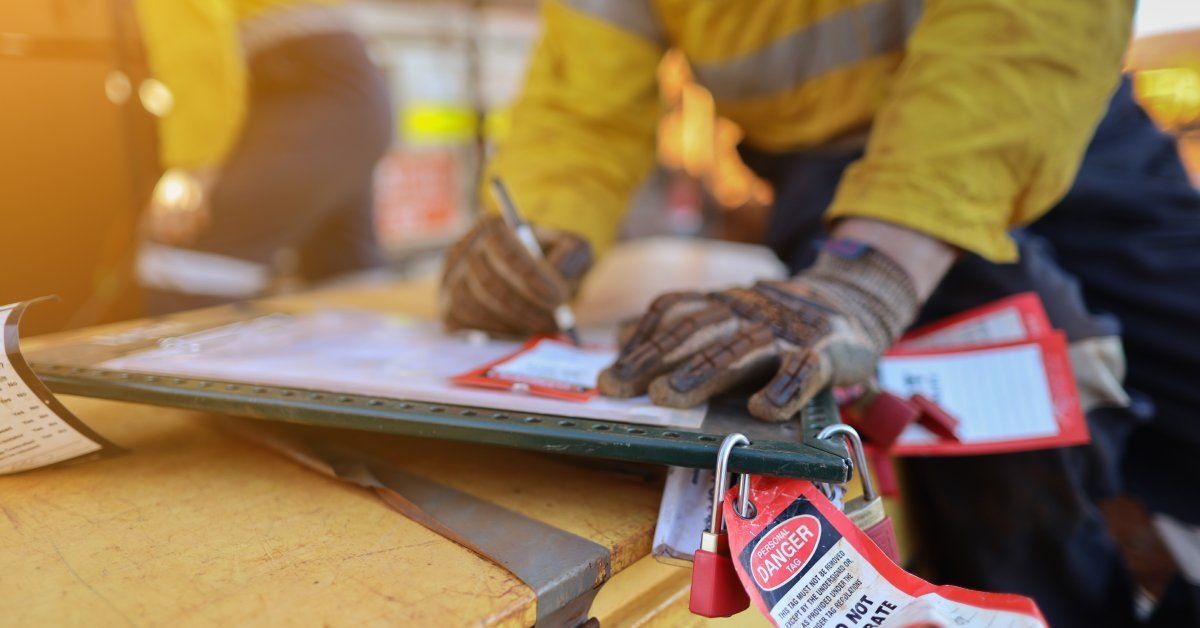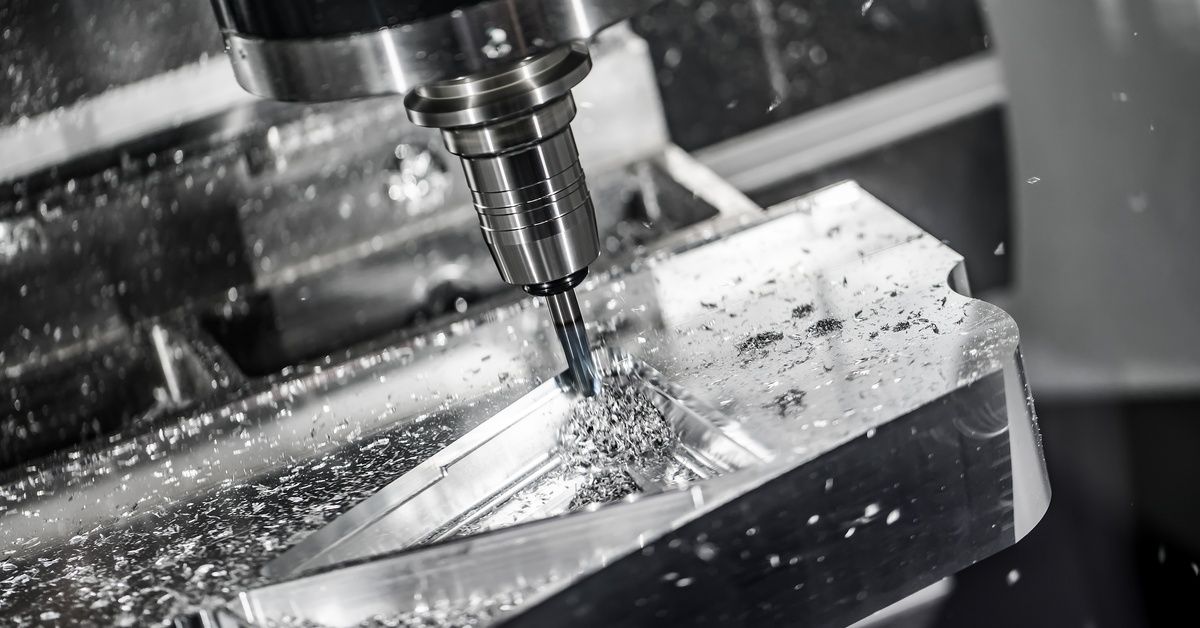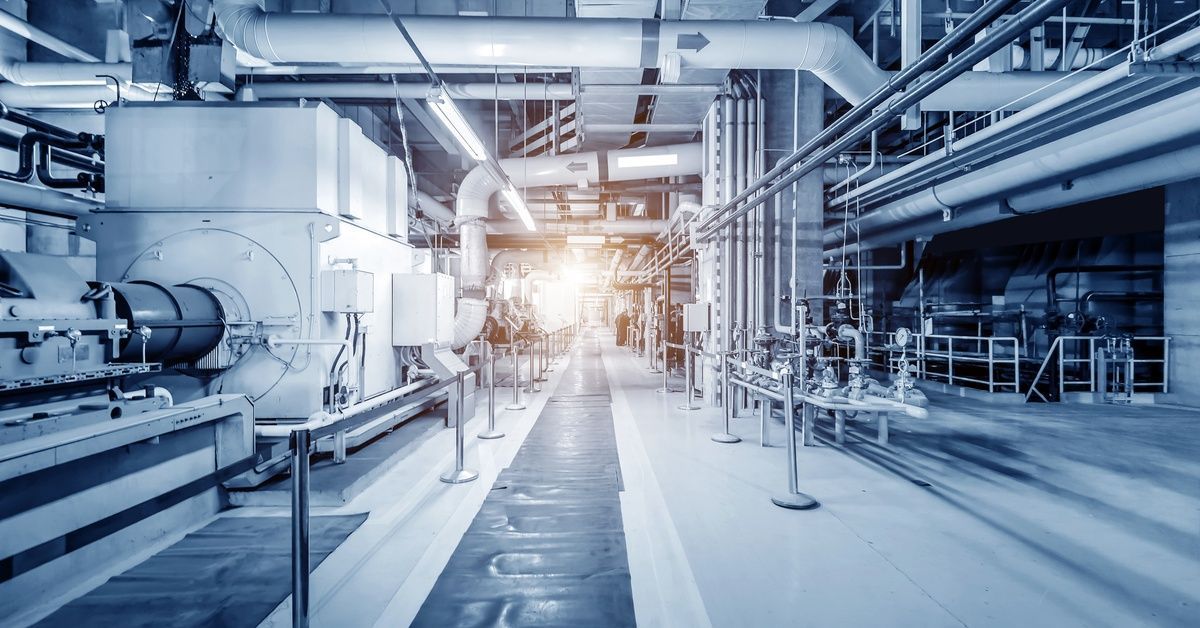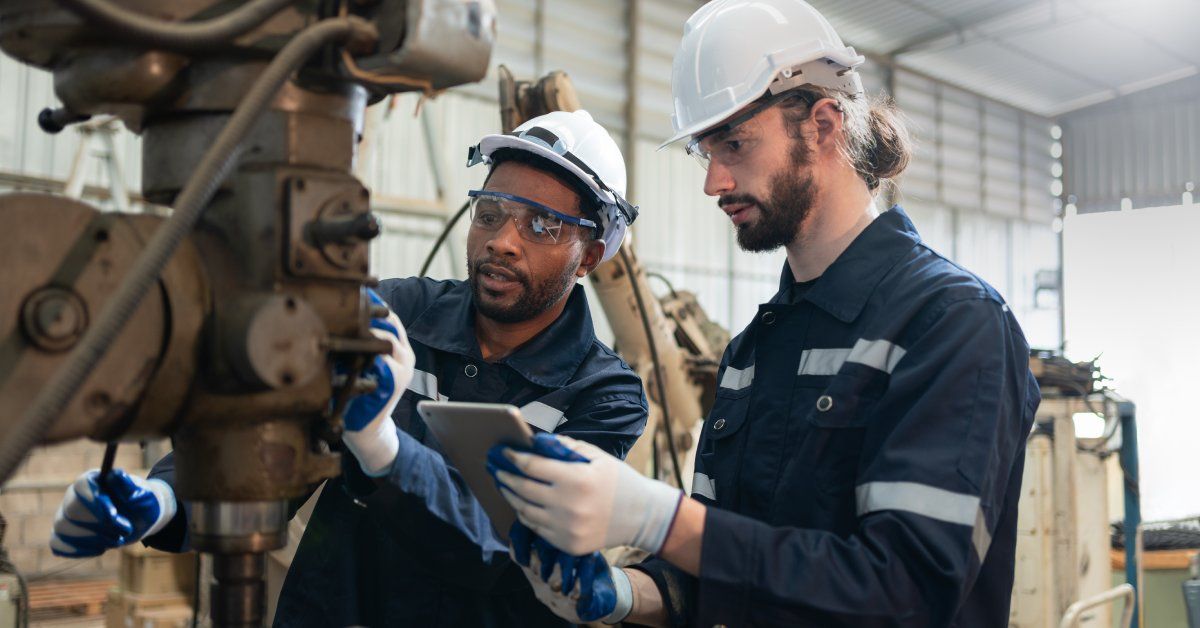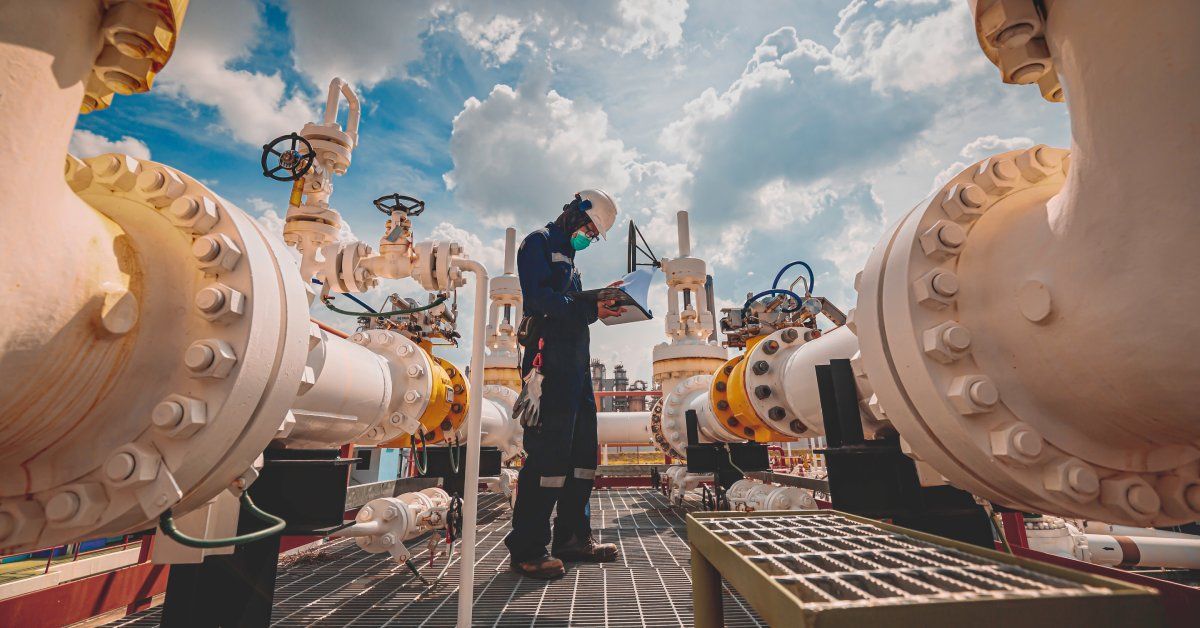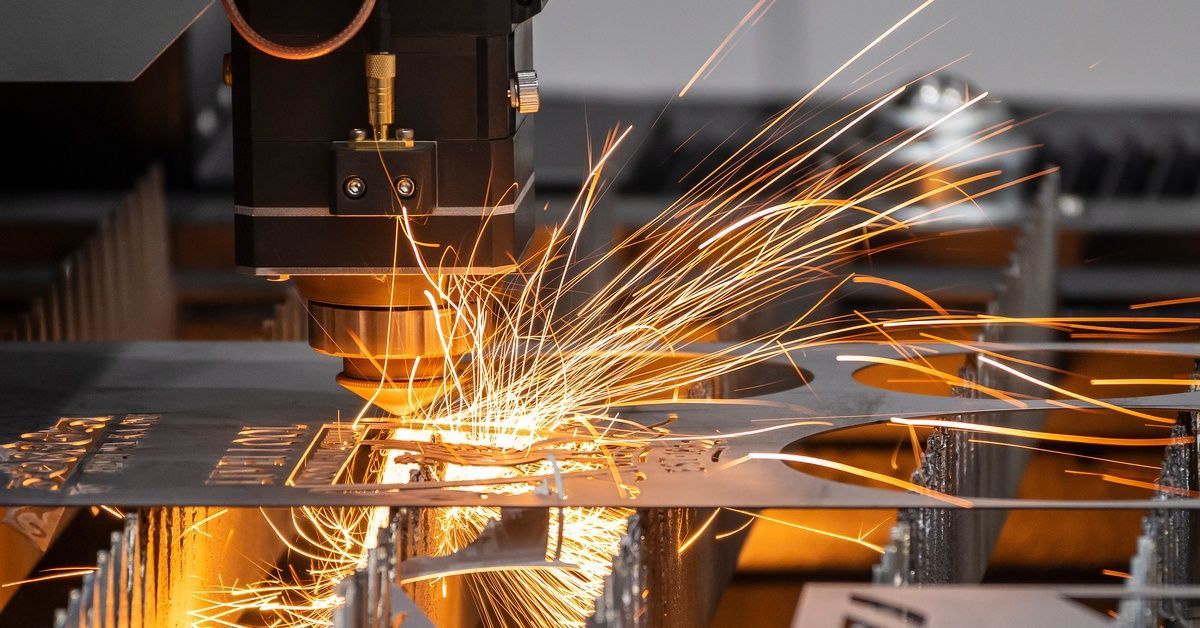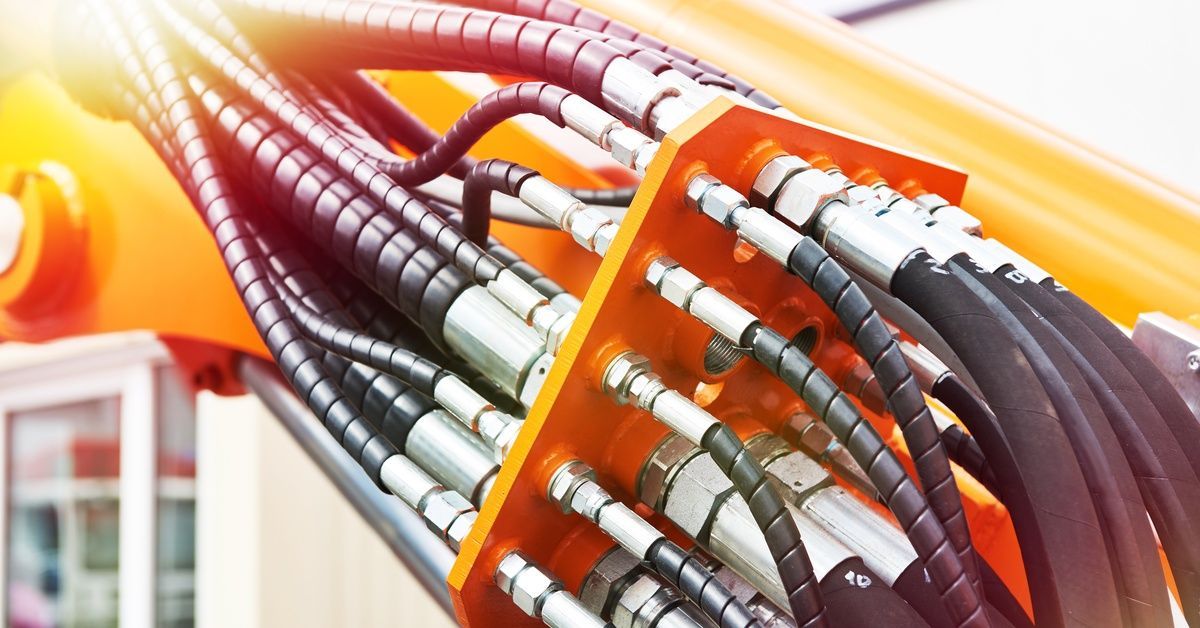All About Sustainability in Metal Fabrication
Sustainability has become a pressing concern across industries, and the metal fabrication sector is no exception. With increasing demands on natural resources, along with stricter environmental regulations, adopting sustainable practices is essential. But what does sustainability mean in the context of metal fabrication, and why should it matter?
This guide is all about sustainability in metal fabrication , the industries relying on it, and the steps and technological advancements you can adopt to make your operations eco-friendlier.
What Is Metal Fabrication, and Why Does It Impact the Environment?
Metal fabrication involves cutting, shaping, and assembling metal to create parts, structures, and finished products. This process touches countless industries. Here are a few major sectors that depend on metal fabrication for their operations and products:
- Construction: Structural steel beams, brackets, and architectural designs all use metal.
- Automotive: Metal parts are used for everything from engines to frames and exhaust systems.
- Aerospace: Lightweight yet strong metal materials keep aircrafts aerodynamic.
- Medical equipment: Metal fabrication produces today’s surgical tools, hospital beds, and imaging devices.
- Consumer goods: Appliances, furniture, and electronics feature metal components.
- Energy: Turbines, pipelines, and infrastructure for renewable energy are also metal-driven.
While it’s vital to numerous industries, traditional fabrication processes can have substantial environmental consequences, including:
- High energy use: Processes like welding and casting require sizable amounts of electricity or fuel.
- Material waste: Shavings, scraps, and defective products often end up in landfills.
- Large carbon footprint: Production-related emissions contribute to climate change.
Understanding this impact is the first step toward making changes that benefit businesses and the planet.

Why Sustainability Matters in Metal Fabrication
Sustainable metal fabrication is an essential business strategy. Here’s why it matters:
- Environmental benefits: Sustainable practices reduce pollution, save water, and conserve nonrenewable resources, helping fight climate change.
- Cost efficiency: Businesses in the manufacturing sector know that saving money is important. Recycling materials, improving energy efficiency, and reducing waste can lower operational costs.
- Customer and stakeholder expectations: Consumers show increasing support for eco-friendly brands. Demonstrating sustainable practices can set your business apart and improve trust.
- Compliance with regulations: Many governments have implemented stricter environmental standards. Sustainable methods achieve compliance and prevent fines or penalties.
- Long-term viability: By minimizing environmental impact, you can ensure the longevity and success of your business. Sustainable practices also mitigate risks associated with resource depletion and climate change.
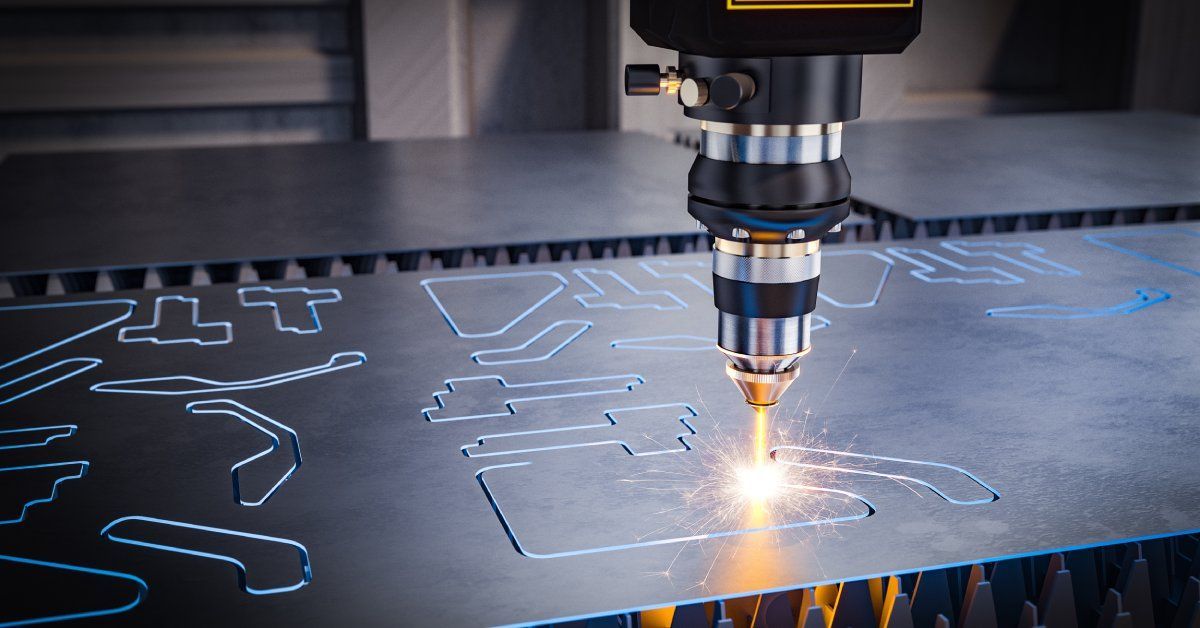
Technologies Driving Sustainability in Metal Fabrication
Technological advancements have made metal fabrication sustainability more achievable than ever. Some of the biggest innovations include:
CNC Machines
Computer Numerical Control (CNC) machinery enhances precision in cutting and shaping metal. By minimizing errors, CNC machines reduce material waste and energy use, helping businesses go green and reduce expenses.
Laser Cutting
Laser cutting is a precise, energy-efficient alternative to traditional cutting methods, creating less waste and using fewer resources.
Additive Manufacturing (3D Printing)
Additive manufacturing technology uses 3D printing to craft metal products with incredible accuracy, reducing material waste in the process.
Renewable Energy Integration
Metal fabrication plants have increasingly adopted solar, wind, and other renewable energy sources to power their operations. These renewable resources are an eco-friendlier choice than fossil fuels.
Waste Recycling Systems
Modern filtration and recycling technologies help reclaim scrap metal and process it efficiently for reuse, keeping waste out of landfills.
Steps To Implement Green Metal Fabrication
Building a more sustainable metal fabrication business requires careful planning, but it’s worth the effort. Here are the key steps to take:
1. Conduct a Sustainability Assessment
Begin by evaluating your current operations to identify areas where you can reduce environmental impact. This includes analyzing energy use, material waste, and emissions.
2. Invest in Energy-Efficient Equipment
Simple upgrades, such as switching to LED lighting and more efficient machinery, can yield substantial savings. Modern equipment often consumes less power and operates with greater precision, reducing resource waste.
3. Source Sustainable Materials
Choose raw materials that are recyclable, recyclable-friendly, or sustainably produced. Prioritize suppliers that adhere to environmentally responsible practices.
4. Implement Waste Management Systems
Develop systems to properly sort, recycle, and dispose of waste. Integrating scrap metal recycling into production processes reduces the amount of waste sent to landfills.
5. Train Employees on Best Practices
Train your workforce in sustainable practices, from recycling to operating machinery efficiently. An informed team can reduce waste and energy consumption.
6. Monitor and Review Progress
Create metrics to track your environmental impact and periodically review your progress. Continuous improvement promotes the effectiveness of your green initiatives.
Common Products That Can Benefit from Sustainability Investments
A range of products can go greener through sustainable metal fabrication. Examples include:
- Packaging materials: Using recycled or biodegradable materials can reduce environmental impact and appeal to eco-conscious consumers.
- Electronics: Designing energy-efficient devices and incorporating recycled components can decrease waste and energy consumption.
- Textiles and clothing: Sustainable fabrics, such as organic cotton or recycled polyester, minimize water usage and waste in production.
- Cleaning products: Eco-friendly ingredients and reusable or recyclable packaging can make cleaning products greener.
- Automobiles: Investing in electric vehicles (EVs) and energy-efficient manufacturing processes supports a more sustainable transportation industry.
- Furniture: Using responsibly sourced wood and nontoxic finishes enhances sustainability in furniture production.
- Food and beverage containers: Transitioning to compostable or reusable containers reduces plastic waste.
Future Outlook for Sustainability in Metal Fabrication
The push toward sustainability shows no signs of slowing down. Here’s what lies ahead for the industry:
- Innovation in alloys: The development of new, lightweight alloys with higher durability and lower environmental impacts will become more widespread.
- More stringent regulations: Governments worldwide will continue to mandate stricter sustainability standards, encouraging businesses to do better.
- AI integration: Artificial intelligence will increasingly play a role in creating more efficient and eco-friendly manufacturing processes.
- Global collaboration: Expect industries and governments to work together on sustainability initiatives like green certifications and carbon offset schemes.
Adopting these trends now will prepare your business for the future while improving core operations and profits.
Turn Your Ideas Into World-Changing Action
Sustainability is a necessity in today’s metal fabrication industry. As technologies progress, the capacity for investments only increases. By knowing about sustainability in metal fabrication , businesses can forge a path toward a greener future.
Do you need assistance moving toward sustainable practices? James Manufacturing is an industry leader in developing and implementing efficient processes. If you want the best custom metal fabricators around, you’re in the right place. Remember, even small improvements can make a big difference over time!
